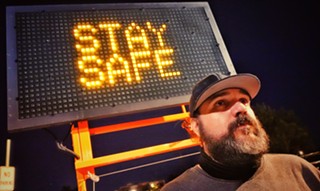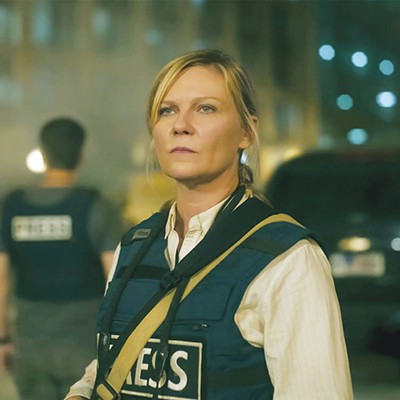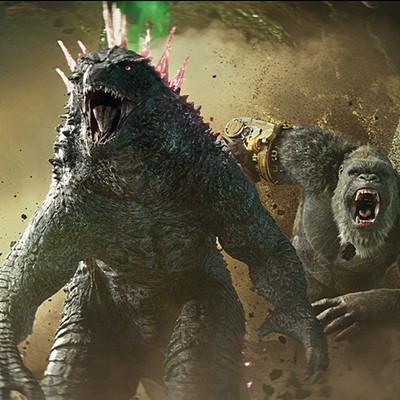The trailers for "Hidden Figures" have been omnipresent for at least six months. I've seen the trailer for "Hidden Figures" at least 50 times over the last few months and it made me feel like I'd already seen the film.
Luckily, the film is such a warmhearted crowd pleaser that it's hard to hold its overwhelming marketing against it, and judging from the soldout screening I attended, it seems to have done the trick. But at the same time, you know exactly what you're getting: an important historical story told in the typical Hollywood way.
"Hidden Figures" tells the story of three African-American women working for NASA's space program during the "Space Race" of the 1960s. The film's primary focus is Katherine Johnson (Taraji P. Henson), a mathematical genius who works with Dorothy Vaughan (Octavia Spencer) and Mary Jackson (Janelle Monáe) in the segregated West Area Computers section of Langley Research Center.
These three women were all instrumental in helping John Glenn get into orbit and their brilliance changed mathematics, computing and NASA forever. They were already held back because they were women, but as black women it was almost impossible for them to get the recognition they deserved. Having to work twice as hard as everyone else to be noticed was difficult, as was their treatment by their mostly white male co-workers.
The film is inspiring but also incredibly depressing. When Dorothy Johnson walks into a room of scientists and they all stop and stare at her like she's a Martian, it's hard not to be genuinely disgusted by our country. When states pushed something as inhuman as "Separate But Equal" and other segregationist laws in the 1950s and '60s, it's hard not to look at our history as something so fundamentally backward that it's still mostly broken to this day.
As wonderful as it is to see these women triumph, there's still so much wrong with the fact that it always takes a white person to make it "official." Dorothy Vaughan spends months as a supervisor without getting paid for it because NASA has no black supervisors. When Kirsten Dunst shows up as Dorothy's boss to finally give her the promotion she already worked for, the audience applauded like she won a prize instead of getting paid for work she was already doing.
Henson, Monáe and Spencer are all wonderful, as is Kevin Costner as the head of the space program. He seems more energized by the role than he's been in years. "Hidden Figures" is a solid movie that still follows all of the same biopic rhythms as Hollywood films tend to, but it's an important enough story to not be bothered by the repetitive nature of the structure.
Applauding these women and their lives is important, but don't expect me to cheer when one of their white bosses decides not to be racist or sexist. No one should be lauded just for being a human being.
Hidden Figures
Dir. Theodore Melfi
Grade: B
Old Mill Stadium 16 & IMAX
























